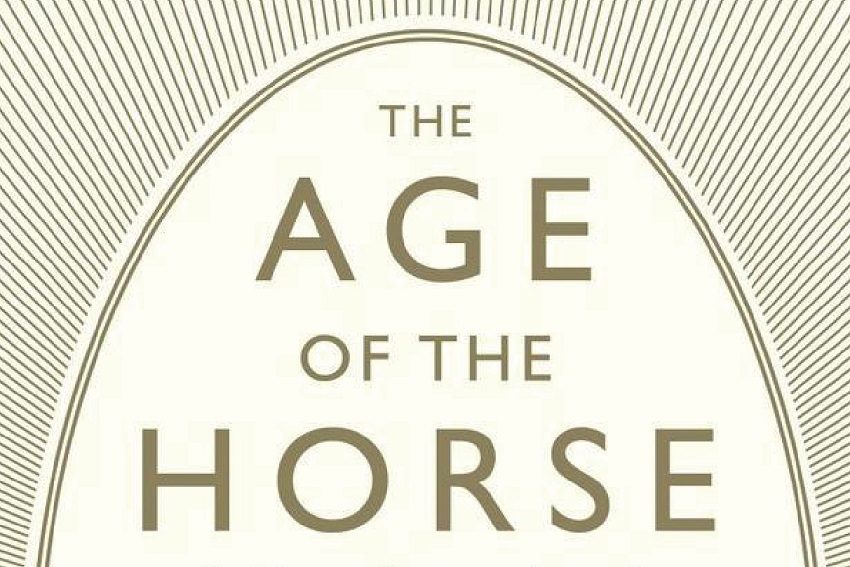Book Review: The Age of the Horse: An Equine Journey Through Human History

“This is not a history of the horse,” begins this remarkable book by Susanna Forrest. Forrest means that this is not “formal history”. She follows selected topics as if they are, as she puts it, “bridle paths” along which she can wander. The key words are “equine journey”.
Following each ‘path’, one discovery emerges from another like beads on a necklace. She certainly travels in space as well as time; to the elaborate structures for horse culture at Versailles where riding and dressage is still taught to the western countries once part of the USSR like Poland; from Outer Mongolia (sadly a people whose standard of living under communism is now to have barely a standard of existence) to the Amish of New England, firmly committed to the old horse culture; from the horseback bull fights of Portugal; from China, with its walls against horsemen from the Steppes, to the caisson horses of Washington’s Arlington Cemetery. This is a book bursting with fascinating people, living and dead, and of memorable horses.
Horses have a capacity to influence a whole population. Aristotle’s Politics remarks that in “old times” city-states — those surrounded by a landscape suitable for cavalry — would
become oligarchies because the people needed to be defended from marauders by those rich enough to own cavalry horses.
Forrest naturally deplores the way humans throughout history have taken horses to war but she cannot resist telling us about the king’s surgeon, Sir Astley Cooper, who in 1815 rescued badly wounded Household Cavalry mounts brought back from Waterloo and treated their wounds on his country estate. All survived and were turned loose to enjoy their retirement. Months later he was astounded to see from his mansion the horses forming a line, then galloping forward, pirouetting at the fence and then, still in formation, charging back. They then galloped randomly as horses do when they are having fun.

However, they were lucky. Twenty-thousand horses perished at Waterloo. At Arlington, our author finds a happy story. Veterans suffering from PTSD (post-traumatic stress disorder) were brought to meet the funeral horses, gradually got used to them, learned to groom and even to ride them. The horses’ presence stabilised their wildly fluctuating blood pressure, their terrible nightmares, and their extreme reactions to sudden noises or movements. Herds of horses always seek to reduce high pulse rates, caused by false alarms for example.
There are no alpha-males fighting for strings of mares; no ‘Monarchs of the Glen’ as among deer. The 17th century Duke of Newcastle wrote the horse was “as much superior to all other creatures as Man is to him”.
Author: Susanna Forrest
Publisher: Atlantic Books